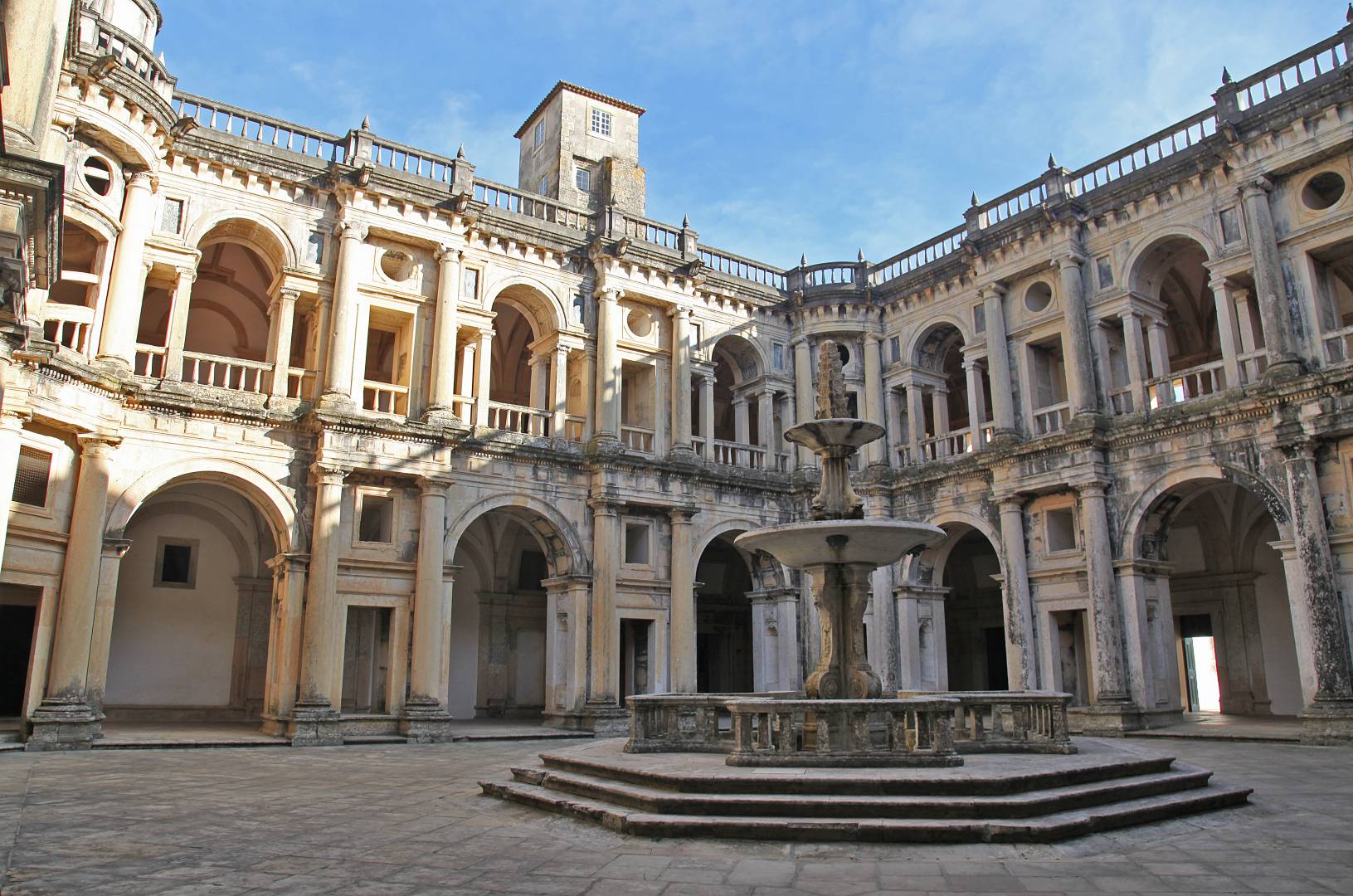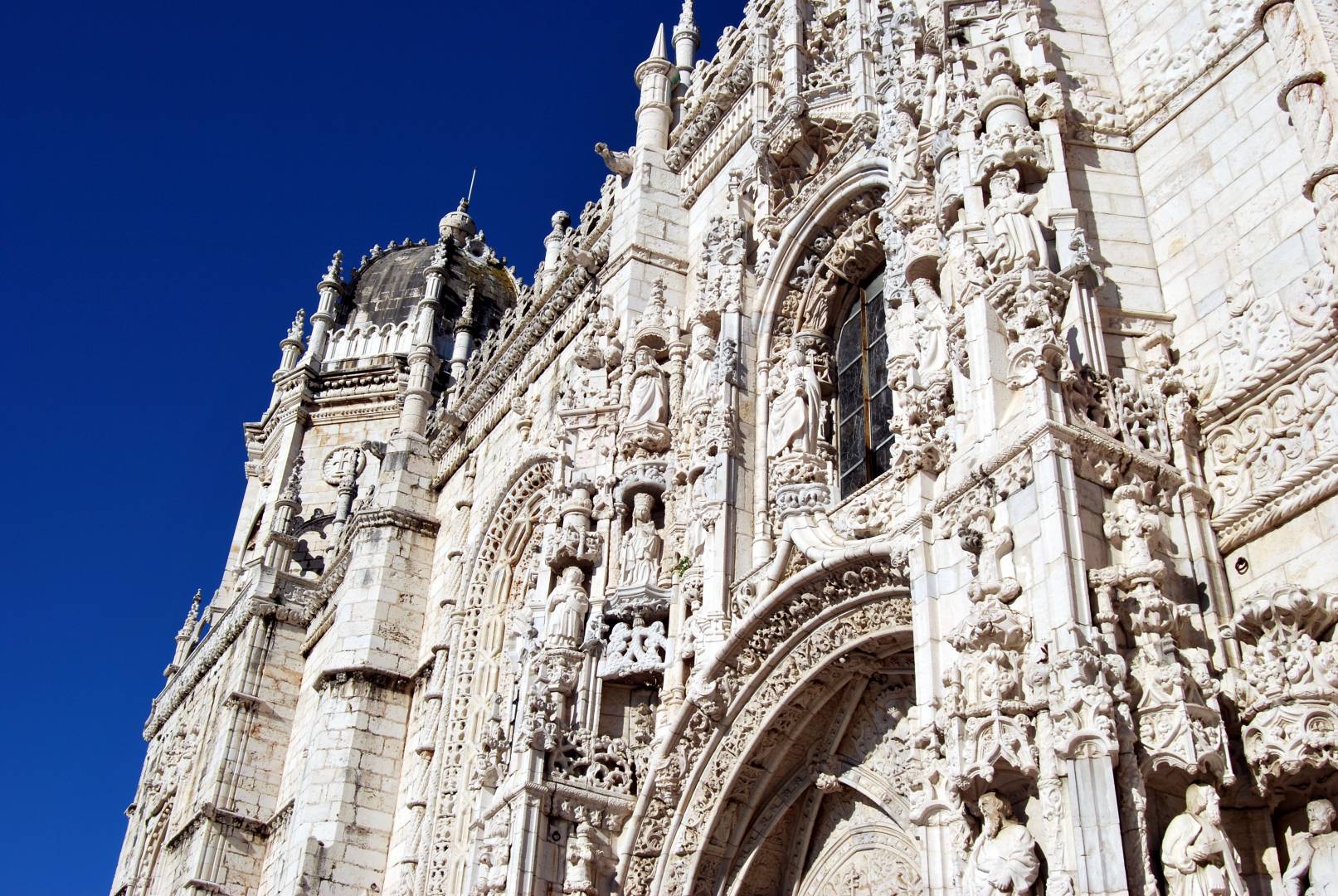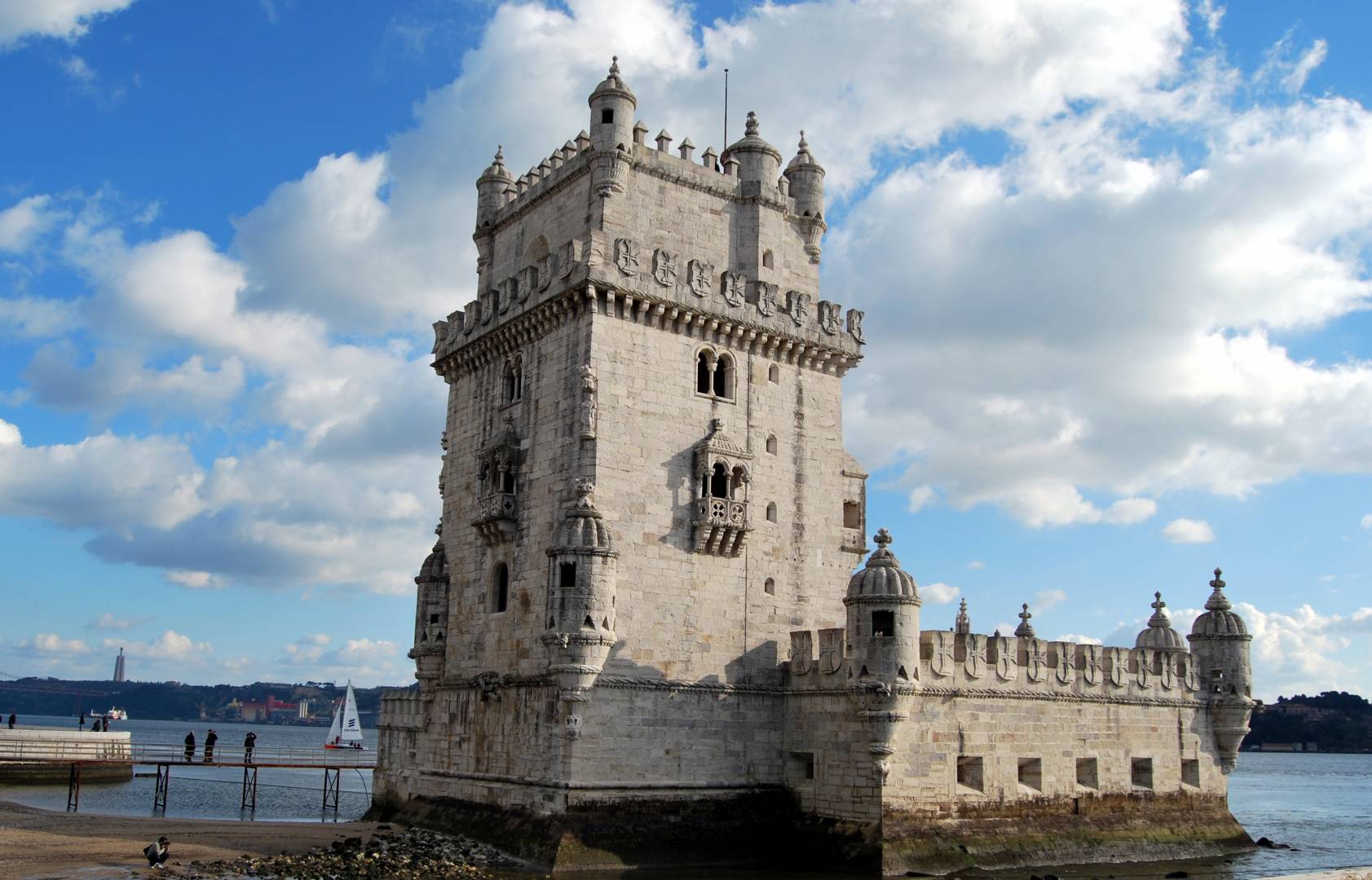Eight Portuguese Monuments that are a World Heritage Site
All About Portugal invites you to discover some of the most remarkable pages in the History of Portugal, on a tour of the Portuguese monuments that are World Heritage.
There are eight Portuguese monuments distinguished by UNESCO as World Heritage. Symbols of the vision and genius of artists and architects, and mirrors of the more or less megalomaniac dreams of monarchs, they are a unique testimony to the most striking events in Portuguese History that, over the centuries, have shaped our destiny. With different styles, from the simplest to the most eccentric, depending on the times and the purposes for which they were conceived, they are genuine treasures that stand out for their grandeur and originality. Set off with All About Portugal to discover the most surprising monuments that Portugal has given to the world and find the country's history written on the walls.
Bom Jesus de Braga Sanctuary

It was already one of the most sought-after treasures in Minho by people from Braga and
tourists, both national and foreign. In 2019, the world recognized it as a World Heritage Site and even more eyes turned (and fell in love) with this monument that unites art, nature, faith and centuries of history. If you still don't know it, don't waste any more time! If you decide to go on foot, know that you will have to climb 573 steps to the Basilica, but every step and every stop along the way will be worth it. Pay attention to the chapels and fountains, the statues and lush gardens, and the breathtaking view over the city of Braga. You can also go up by car or use the Bom Jesus Elevator, the first funicular built in the Iberian Peninsula, in operation since 1882.
University of Coimbra, Alta and Sofia

It was the first university in the country and stage of several remarkable and decisive episodes in the history of Portugal. Over seven centuries, kings, artists, writers and architects passed through there. UNESCO's classification as a World Heritage Site in 2013 recognized the institution's role as a center for the production and transmission of knowledge and culture and, at the same time, the richness of its built heritage. The architectural ensemble that constitutes the University of Coimbra, Alta and Sofia includes a total of 31 monuments. At Paço das Escolas, be sure to climb to the top of the iconic 18th-century tower, visit the Botanical Gardens and spend a few hours at the Joanina Library, one of the most beautiful in the world.
Alcobaça Monastery

With simple shapes, but extraordinarily beautiful, it is perhaps the most romantic of Portuguese monuments, or if it were not there, in the Church of Santa Maria de Alcobaça, the love of D. Pedro and D. Inês de Castro; a love that would have a tragic end: Inês was murdered by order of the King and crowned Queen after her death. Find the tombs of the protagonists of the greatest Love Stories, strategically placed face to face so that they can meet again on the Day of Resurrection. If you're not into romanticism, focus on all the other factors that led UNESCO to award it the title of World Heritage Site in 1989. In addition to the grandiose Church, visit the well-preserved collection of medieval dependencies, among which the bedroom, the Chapter Room, the cloister and the famous 18th century kitchen.
Batalha Monastery

On August 14, 1385, D. João, Master of Avis and future king of Portugal, defeated the Castilian
armies at the Battle of Aljubarrota, saving the kingdom's independence. Then came the dream that would lead to the construction of the Monastery of Santa Maria da Vitória, better known as Batalha Monastery, a World Heritage Site since 1983 and, since 2016, holder of the status of National Pantheon. Erecting this masterpiece of humanity took almost two centuries, which made possible the happy encounter between two styles: Gothic and Manueline. Be amazed by the magnificence of the monument and be surprised by the details: the lace on the outside stones, the play of lights and shadows, the color of the stained glass…
Mafra National Palace

Its construction, in the 18th century, was a veritable epic, which would serve as an inspiration
for another major work, this time in Literature, in the pen of Nobel laureate José Saramago. The magnanimous Mafra National Palace, a World Heritage Site since 2019, is an authentic spectacle of baroque architecture, a perfect mirror of the dreams of grandeur and megalomania of King João V, who ordered it to be built. Appeals to the senses are everywhere. Observe the sculptures, the tapestries, the paintings on the ceilings, the ostentation of the royal rooms. And before “losing” yourself in the enchanted forest that is the Tapada de Mafra (included in the UNESCO classification), discover another national treasure: the beautiful Palace library, with its nearly 40,000 books of all knowledge and all times.
Convent of Christ

In 1983, the Convent of Christ and the Templar Castle of Tomar were declared World Heritageby UNESCO. Decisive for the distinction were the Charola dos Templários and the famous Manueline Window in the Chapter Room, unique testimonies of the first contacts between the West and the East. Discover the many stories of this monument that, built between the 12thand 17th centuries, is intertwined with the history of Portugal and Europe. Pay attention to details and locate them in time. You will find elements of Romanesque art, introduced by the Templars; Gothic and Manuelino, from the time of the Discoveries; Renaissance, Mannerism and even Baroque.
Jerónimos Monastery

Along the Tejo River, in one of the most beautiful areas of the capital, discover the masterpiece of 16th century architecture, the maximum exponent of Manuelino, exclusively Portuguese style, and a World Heritage Site since 1983. Founded by order of D. Manuel with the objective from celebrating the Discoveries and providing spiritual assistance to navigators who left Restelo to discover more of the world, it is one of the monuments most closely linked to the collective memory of the Portuguese people. Alongside the kings and Vasco da Gama, glimpse the tombs where the immortals rest: Luís de Camões, Fernando Pessoa, Alexandre Herculano. Visit the church, the 16th century Cloister, the former friars' Refectory and the Chapter room, while remembering the Stories you heard at school and the writings of the poets. The biggest challenge is to get away from the frenzy of tourists around you…
Belém Tower

Next to and contemporary to Jerónimos, built as part of a defense plan for the Tejo estuary, the
Torre de Belém, a World Heritage Site, is today one of the most recognized and distinctive
Portuguese monuments in Lisbon and the country. Well highlighted in the riverside landscape, the Tower combines, with originality and skill, the features of a military structure and the ostentation of Manueline art, with various decorative elements linked to the Discoveries, such as royal weapons, armillary spheres, ropes or the Cross of the Order of Christ. Go up to the top floor and be dazzled by the views. Don't forget your camera!
Recommended
